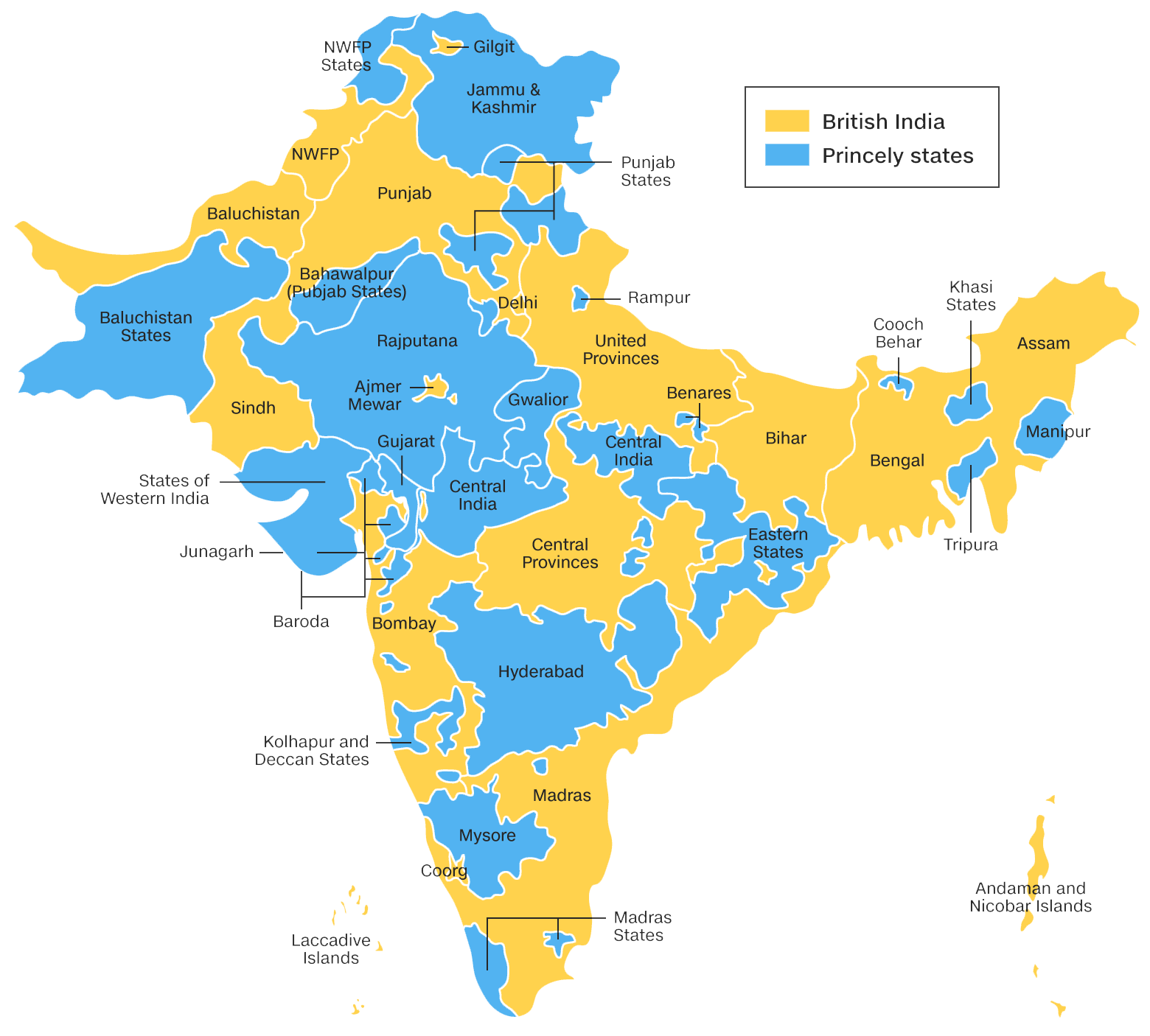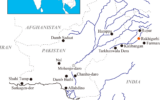
Mystery behind Pink Sand in Australia
Subscribers of "Current Affairs" course can Download Daily Current Affairs in PDF/DOC
Subscribe to Never Miss an Important Update! Assured Discounts on New Products!
Must Join PMF IAS Telegram Channel & PMF IAS History Telegram Channel
- Context (TH): Australian researchers have discovered that pink garnet sand on South Australian beaches originates from ancient Antarctic mountains.
- The research has provided new insights into the timing of the subduction of the Australian tectonic plate beneath the Pacific plate and has revealed the existence of previously unknown ancient mountains in Antarctica.
Pink Sand in Australia Beaches: Composition
- The pink sand is composed of a mineral called garnet. Garnet is rare in beach sand, as it is destroyed by prolonged exposure to the waves and currents of the ocean.
- It requires high temperatures to form and is usually associated with formation of large mountain belts.
- In Australia, Garnet is known to have formed locally during the Delamerian orogeny, an event which created the Adelaide Fold Belt around 514–490 million years ago, and during the formation of the Gawler Craton in western South Australia between 3.3–1.4 billion years ago.
Possible Sources of Garnet in Australia
Kimberlite Pipes
- Garnets can reach the surface via carrot-shaped volcanic structures called kimberlite pipes (found in South Australia, e.g. at Eurelia).
- However, these deposits are far from the coast, are not very abundant, and are only around 170–190 million years old, thus unlikely to be the source of beach garnets.
Prolonged Erosion of Adelaide Fold Belt
- Garnet typically forms in greater volumes in places where the crust is thick, such as under mountains.
- As the mountains erode, the garnet may be revealed as a record of the former mountain belt.
- The erosion of the Adelaide Fold Belt, which stretched north from Adelaide for hundreds of kilometres, developed between 514 million and 490 million years ago, could be another possible source.
Gawler Craton
- It is a huge slab of ancient rock beneath South Australia with outcrops in the Adelaide Fold Belt.
- It contains plenty of garnet that formed in several episodes between 3.3 billion-1.4 billion years ago.
Result of the new findings
- The recent research found that most garnets formed around 590 million years ago.
- Thus, the beach sand garnets were far too young to have come from the Gawler Craton, but too old to have come from the eroding Adelaide Fold Belt.
- Garnet dating to the same period has been found previously in an outcrop in the Transantarctic Mountains in East Antarctica.
- Ice-flow indicators along South Australia Shorelines reveal that the garnet-rich glacial sands were brought to Australia by a north-west moving ice sheet during the Late Palaeozoic Ice Age, when Australia and Antarctica were connected in supercontinent Gondwana.

Credit: Sciencealert
- The garnet deposits were then locally stored in glacial sedimentary deposits along the southern Australian margin until erosion liberated them and waves and tides concentrated them on the South Australian beaches.







![PMF IAS Environment for UPSC 2022-23 [paperback] PMF IAS [Nov 30, 2021]…](https://pmfias.b-cdn.net/wp-content/uploads/2024/04/pmfiasenvironmentforupsc2022-23paperbackpmfiasnov302021.jpg)











